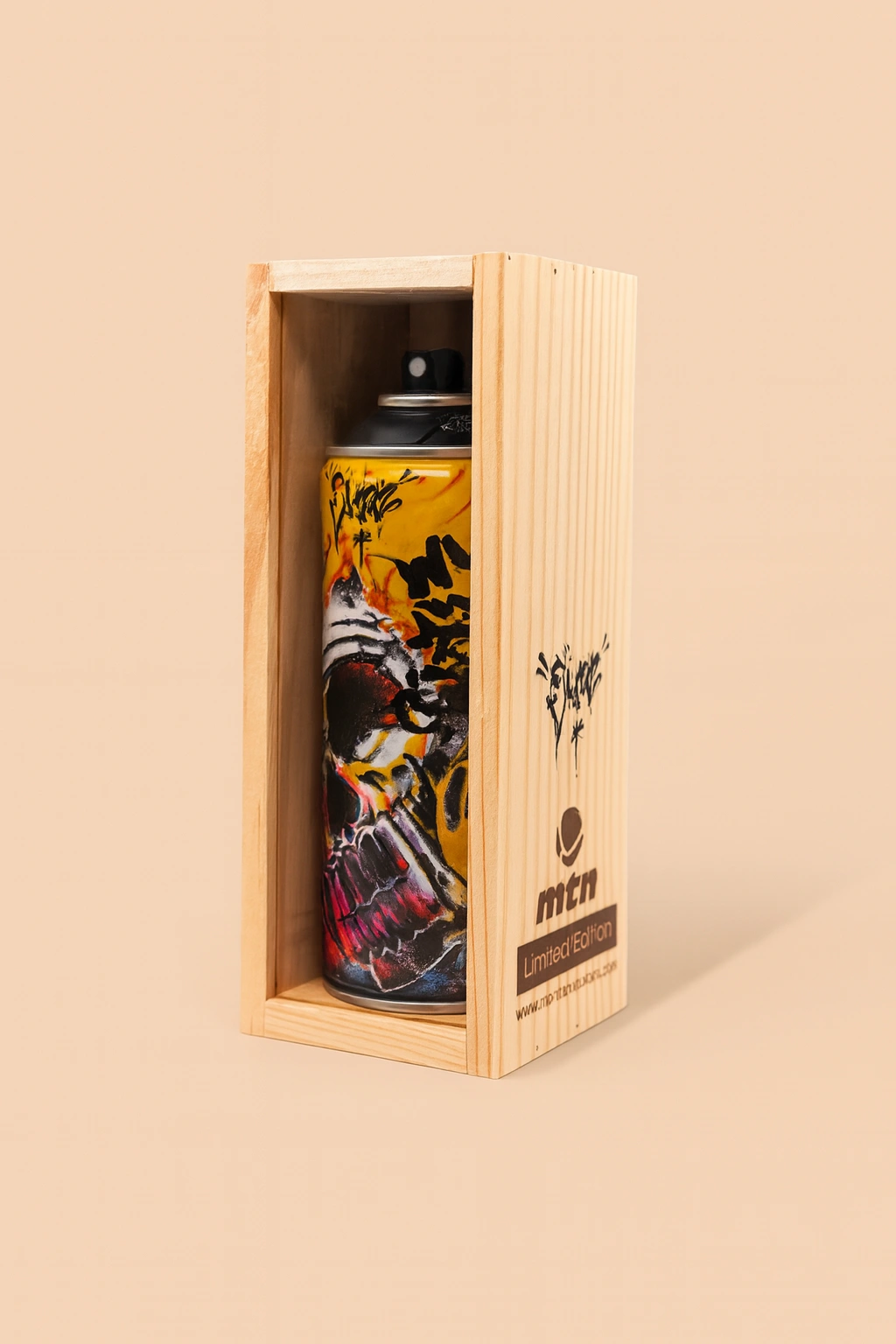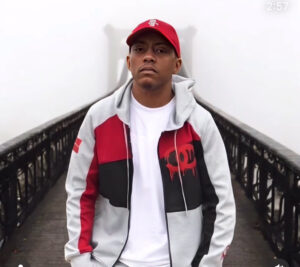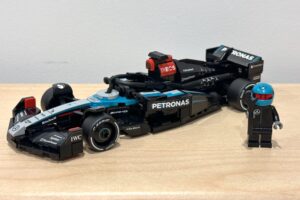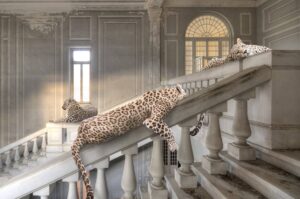Sheila Hicks, the pioneering American artist known for revolutionizing textile art, has once again brought her mastery to the forefront with a stunning exhibition at Kunsthalle Düsseldorf. This invigorating survey, primarily focused on Hicks’s recent works, is a celebration of rhythmic form, pulsating color, and the boundless possibilities of material. Known for her unconventional approach to fiber art, Hicks transcends traditional craft, treating materials as conduits for emotional expression and spatial exploration.
From monumental fiber installations to intimate woven pieces, Hicks’s works challenge our understanding of sculpture, color theory, and material transformation. This exhibition, a feast for the senses, reinforces her belief in the latent power of materials—objects that are often considered mundane or utilitarian become tools for profound artistic exploration. In this article, we’ll examine the significance of Hicks’s career, the highlights of her Kunsthalle Düsseldorf exhibition, and the broader implications of her innovative approach to contemporary art.
The Artist: Sheila Hicks and Her Legacy
Sheila Hicks (b. 1934, Hastings, Nebraska) is widely regarded as one of the most significant figures in modern and contemporary textile art. With a career spanning over six decades, Hicks has consistently pushed the boundaries of her medium, blending weaving, sculpture, and installation art into one cohesive, vibrant practice.
Formative Years
Hicks’s artistic journey began at Yale University under the tutelage of Josef Albers, where she absorbed the principles of Bauhaus design, including an intense focus on form, structure, and color. This training laid the foundation for her innovative work, where the geometric precision of weaving meets the fluidity of sculptural composition.
Global Influences
Travel has played a profound role in Hicks’s creative practice. Her early experiences in Latin America—specifically Mexico, Chile, and Peru—exposed her to indigenous weaving techniques, vibrant color palettes, and a deep respect for materials. Hicks incorporates these influences into her work while simultaneously infusing them with her own contemporary sensibilities.
Redefining Textiles
For decades, textiles were relegated to the realm of craft, often seen as secondary to painting or sculpture in the art world. Hicks’s work dismantles this hierarchy, elevating fiber art to a central, transformative form of artistic expression. By embracing materials such as wool, linen, and synthetic fibers, she creates pieces that are tactile, structural, and often monumental.
The Exhibition: A Celebration of Material and Form
The Kunsthalle Düsseldorf exhibition focuses on Hicks’s recent works, offering visitors a dynamic survey of her ongoing exploration of materials and color. From colossal installations that envelop the viewer to small, delicate woven objects, the exhibition highlights Hicks’s unparalleled ability to transform materials into immersive experiences.
Monumental Works: Sculpting with Fiber
Upon entering the gallery, visitors are immediately confronted with Hicks’s large-scale fiber installations—towers of twisted yarn, coiled skeins, and cascading threads that resemble both organic forms and architectural structures. Works such as “The Treaty of Threads” and “Raindrops” fill the space with rhythmic energy, their undulating surfaces catching light and shadow in mesmerizing patterns.
•Tactile Immersion: Hicks’s monumental works are inherently tactile. Their textures invite not just visual engagement but also an awareness of their physicality—how materials respond to gravity, tension, and manipulation. These pieces blur the line between art and environment, making the gallery a space of embodied experience.
Color as Energy
Hicks’s use of color is unparalleled. Her works are infused with hues that seem to pulse with life—electric blues, fiery oranges, and verdant greens are arranged in ways that evoke both harmony and contrast. She treats color as a living force, capable of eliciting emotion and transforming space.
•Rhythmic Patterns: The exhibition showcases Hicks’s talent for creating rhythm through color. Whether in a tightly woven piece or a loosely structured installation, the interplay of color and form generates a visual tempo that resonates throughout the gallery.
Intimate Works: Woven Poetry
While Hicks is celebrated for her grand installations, her smaller woven pieces are equally captivating. These works, often referred to as “minimes”, serve as intimate explorations of texture and form. Made using a hand-held loom, they are both experimental and precise, offering glimpses into Hicks’s process and her ability to distill complex ideas into compact compositions.
•The Power of Scale: Hicks’s small works challenge the perception that size dictates importance. These pieces, though diminutive, are rich with detail and intention, showcasing her profound respect for her materials.
Material Innovation
Hicks’s choice of materials reflects her belief in their latent power. She works with everything from natural fibers like wool and linen to synthetic materials such as nylon and polypropylene. By manipulating these substances—twisting, knotting, braiding—she uncovers their potential for movement, volume, and expression.
•Sustainability and Recycling: Hicks is also deeply attuned to the material realities of contemporary life. Many of her works incorporate recycled or salvaged fibers, transforming discarded materials into vibrant, living art. This approach speaks to themes of resourcefulness, resilience, and renewal.
Themes Explored in the Exhibition
The Kunsthalle Düsseldorf exhibition not only highlights Hicks’s technical mastery but also explores broader themes that resonate in her work:
The Power of Materiality
At the heart of Hicks’s practice is a belief in the inherent power of materials. She treats fiber not as a passive medium but as an active participant in the creative process. Her work celebrates the alchemical transformation of thread into form, revealing the potential that lies within even the most humble substances.
Space and Architecture
Hicks’s large-scale works engage directly with space, challenging traditional notions of sculpture and installation. Her pieces often resemble living architectures—dynamic, flexible forms that respond to their surroundings.
Rhythm and Movement
Through her manipulation of fibers, Hicks creates works that seem to breathe, undulate, and move. This sense of rhythm—achieved through repetition, layering, and tension—infuses her pieces with a life of their own.
Connection to Nature
Many of Hicks’s works evoke natural forms, from cascading waterfalls to rolling landscapes. This connection to nature reflects her respect for the organic origins of her materials and her ability to translate their essence into art.
The Impression of Sheila Hicks’s Work
Sheila Hicks’s exhibition at Kunsthalle Düsseldorf underscores her enduring impact on the art world. Her work has inspired a new generation of artists, architects, and designers to rethink the possibilities of fiber as a medium.
Redefining Fiber Art
Hicks has played a pivotal role in legitimizing textile art as a significant form of contemporary expression. Her work challenges the traditional boundaries of craft and fine art, elevating textiles to the realm of sculpture and installation.
Global Influence
Hicks’s global perspective, shaped by her travels and collaborations, has enriched her work with cross-cultural references. Her ability to merge traditional weaving techniques with modern innovation creates a universal appeal that transcends geographic and cultural boundaries.
A Celebration of Color and Form
Through her masterful use of color, form, and material, Hicks creates works that are both visually stunning and emotionally resonant. Her pieces invite viewers to experience art as a dynamic, multisensory encounter.
Sheila Hicks’s Faith in Material Power
The Kunsthalle Düsseldorf exhibition is more than a showcase of Sheila Hicks’s artistry—it is a testament to her unwavering faith in the latent power of materials. Through her innovative use of fiber, color, and form, Hicks transforms the ordinary into the extraordinary, revealing the beauty, rhythm, and energy that lie within threads.
Whether through monumental installations that envelop entire spaces or small, poetic weavings that invite close inspection, Hicks’s work reminds us of the infinite possibilities that exist within the materials we encounter every day. In a world often dominated by digital and ephemeral experiences, her art stands as a powerful reminder of the tactile, physical, and enduring nature of creative expression.
As visitors leave the exhibition, they carry with them a renewed appreciation for the transformative potential of material, the beauty of rhythmic form, and the pulsating energy of color—hallmarks of a true master at work. Sheila Hicks, through her faith in the power of materials, continues to reshape the boundaries of contemporary art, one thread at a time.
No comments yet.








